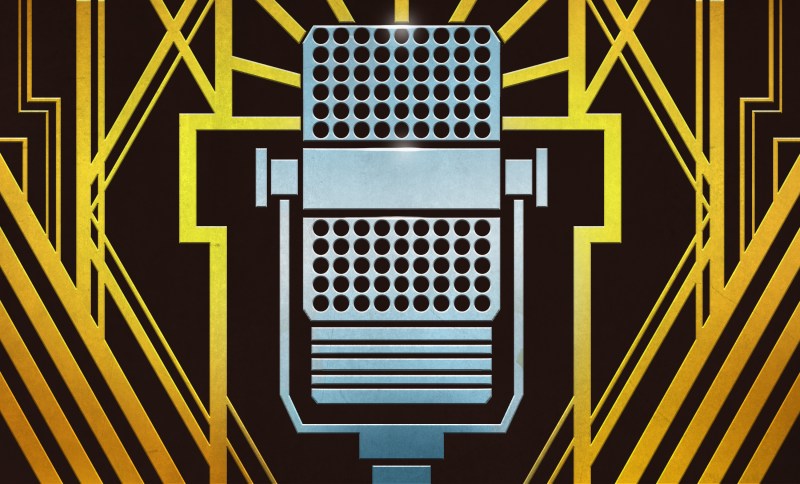Hackaday editors Mike Szczys and Elliot Williams are deep in the hacks this week. What if making your own display matrix meant a microcontroller board for every pixel? That’s the gist of this incredible neon display. There’s a lot of dark art poured into the slivers of microSD cards and this week saw multiple hacks digging into the hidden test pads of these devices. You’ve heard of Folding@Home, but what about Minecraft@Home, the effort to find world seeds from screenshots. And when USB chargers have exposed and rewritable firmware, what could possibly go wrong?
Take a look at the links below if you want to follow along, and as always, tell us what you think about this episode in the comments!
Take a look at the links below if you want to follow along, and as always, tell us what you think about this episode in the comments!
Direct download (60 MB or so.)
Episode 077 Show Notes:
New This Week:
- The Real Story: How Samsung Blu Ray Players Were Bricked
- Stay At Home, HOPE And DEF CON Will Come To You
Interesting Hacks of the Week:
- Digging Deep Into SD Card Secrets
- BadPower Vulnerability In Fast Chargers Might Make Phones Halt And Catch Fire
- Finding The Random Seed Of Minecraft’s Title Screen
- Can A 3D Printer Print Better Filament For Itself?
- 384 Neon Bulbs Become Attractive Display
- A Tin Can Modem, Just For Fun
Quick Hacks:
- Mike’s Picks:
- Elliot’s Picks:
















About bottoming the keyboard keys: you really can’t avoid it.
When you’re typing fast and moving your fingers accordingly, you’re hitting the keys hard enough that they will bottom out anyways unless you have really ridiculously long stroke switches.
It’s physically impossible to maintain high typing speed and stop within the less than 2 millimeters before the key bottoms out – it’s just fantasy that you can “pull your punches” when you’re really going for it. That’s why the o-rings are a nice thing. They stop the key reasonably softly, early, saving you form pulling your finger up from the key.
In this respect, dome switches can actually be better than mechanical switches because they are “mushy”. They increase the tension progressively, which is difficult to accomplish with a buckling spring switch. The progressive increase in the spring constant reduces the jerk (rate of acceleration), which provides for a smoother landing and less impact stress on the finger. The problem with dome switches is that the cheap ones are unreliable and require extra pressure to make contact, which teaches people to mash the keys unnecessarily hard and that hurts their fingers just the same.
Like I said, I know that the o-rings are contentious. But also, I don’t use them, have a pretty damn light touch, and don’t bottom out much — maybe with my pointer fingers sometimes…
But fast is _not_ hard. And vice-versa. You waste a lot more time in the keystroke by pressing it all the way into the PCB/frame.
Anyway, keyboarding is prone to religious wars, and this is just my take. Everyone should type on whatever they want.
I concur.
O-rings won’t save you from bad typing technique, you’ll just bash through them and then hit the hard stop, maybe 78G deceleration instead of 80. About as useful as putting a couple of mm of foam on the front of buses to “save” pedestrians. Touch typing really can be TOUCH typing.
Just in my personal observations, keyboard hammerers can seldom do better than around 60 wpm, people who can do 140 wpm are barely flicking at the keys.